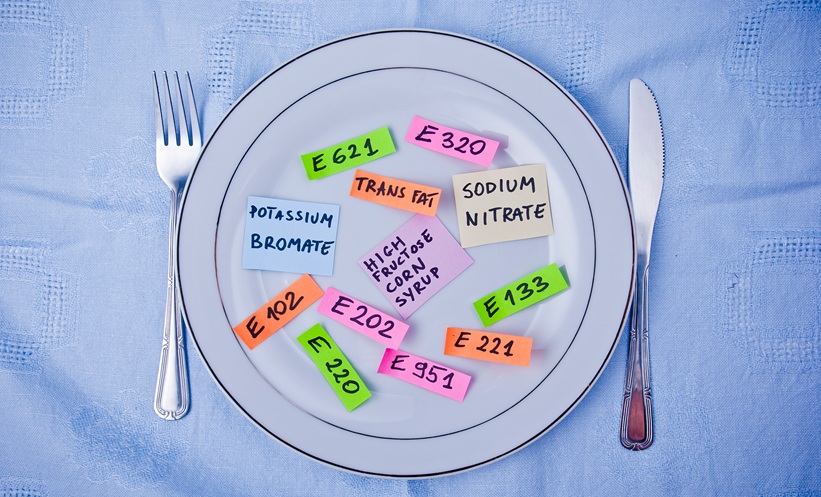A LARGE-scale UK study has found that specific markers of ultra-processed foods (UPFs), such as flavour enhancers, colouring agents, and sweeteners, are significantly associated with increased all-cause mortality, raising concerns about the health impact of hidden additives in everyday diets.
The population-based, prospective cohort study analysed data from 186,744 UK Biobank participants aged 40–75 years, recruited between 2006–2010. Food intake was assessed using the Oxford WebQ, and up to ten commercial products per item were researched to identify 57 potential markers of ultra-processing (MUP). Of these, 37 were present in one or more foods, grouped into nine categories. Cox proportional hazards models were applied to calculate hazard ratios (HR) for all-cause mortality, adjusted against total food intake.
Over a mean follow-up of 11 years, 10,203 deaths were recorded. Five categories of MUPs showed significant associations with mortality risk. Flavour additives (40% versus 10% of total food intake, HR: 1.20, 95% CI: 1.08–1.33, P<0.0011), colouring agents (20% versus 3%, HR: 1.24, 1.10–1.39, P<0.0001), and sweeteners (20% versus 0%, HR: 1.14, 1.06–1.23, P<0.0043) were strongly linked with higher risk. Flavour enhancers (HR: 1.07, P=0.025) and certain sugars, including fructose and lactose, also carried elevated risk. Thirteen specific additives, including acesulfame, saccharin, sucralose, glutamate, ribonucleotide, and maltodextrin, were associated with increased mortality, while gelling agents showed an inverse relationship. Overall UPF intake was also linked to higher risk of death, with results robust in sensitivity analyses.
The findings highlight the importance of looking beyond broad UPF categories to the individual additives driving adverse outcomes. Public health interventions may need to target specific additives most strongly implicated in harm.
Reference
Krost KM et al. Association of 37 markers of ultra-processing with all-cause mortality: a prospective cohort study in the UK Biobank. eClinicalMedicine. 2025; DOI: 10.1016/j.eclinm.2025.103448.








